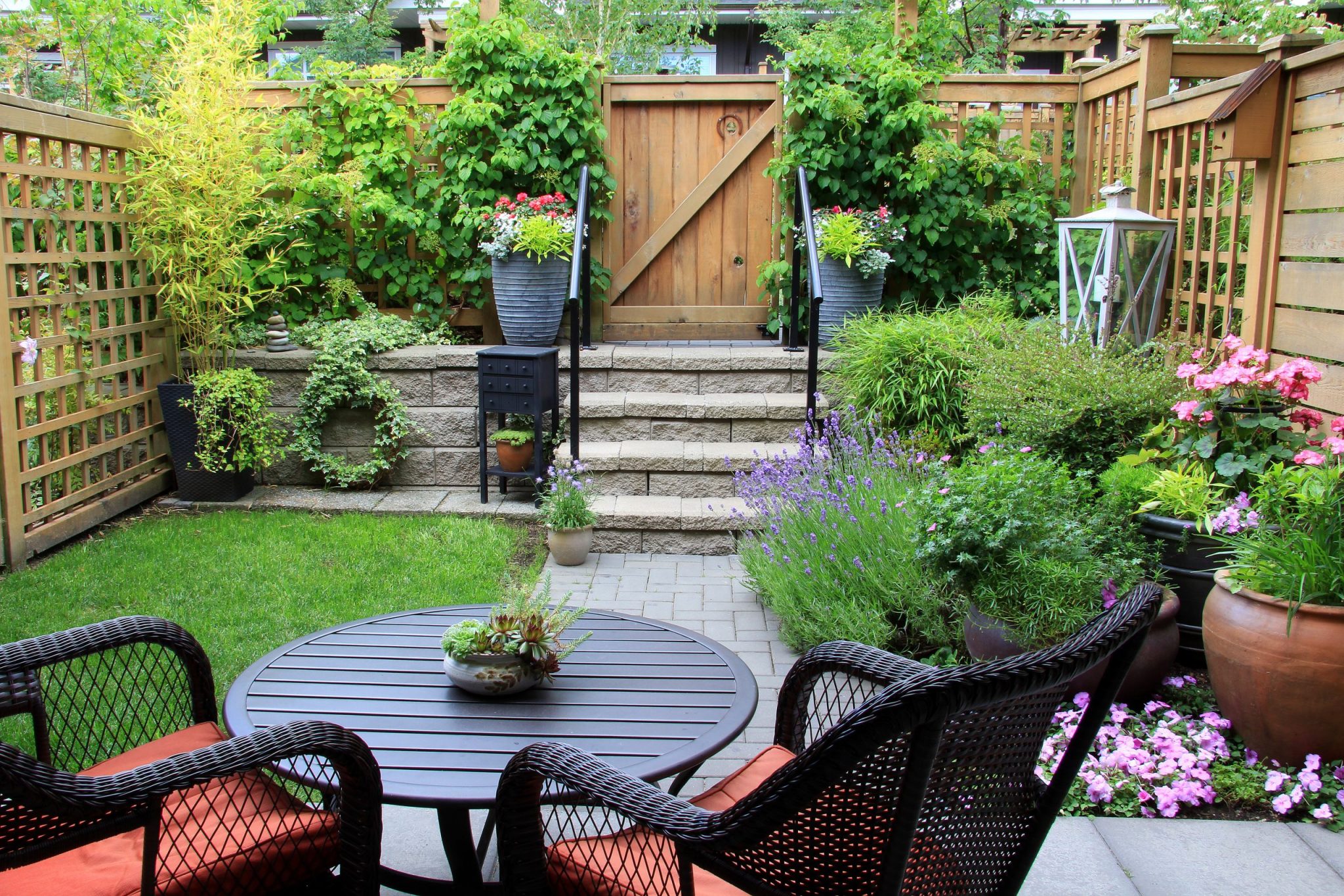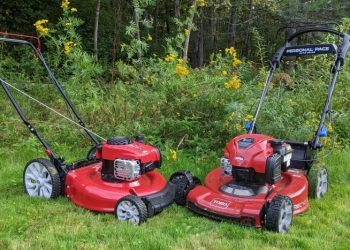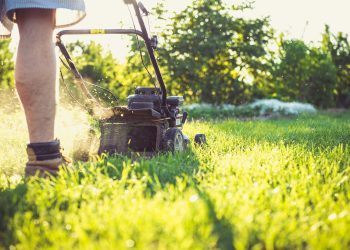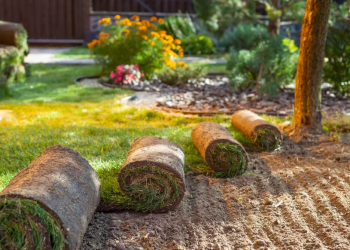Table of Contents

Perennials are vital for any garden. They give long-lasting colour, texture, and interest year after year. Many options are available. It’s fun and overwhelming to pick perennials for your yard. We’ve got ten perennials you should grow in your garden.
Furthermore, we’ll tell you what you need to do to keep them healthy. Your garden will be gorgeous and flourishing if you follow these tips.
Peony
People love peonies. They are perennial flowers. They are well-known for their fragrant scent and enormous, eye-catching blooms.
These hardy plants have a variety of colours. These colours are coral, red, white, and pink. Late spring to early summer is when they blossom. Peonies prefer direct sunlight.
They also like some shade. They need well-draining soil. They benefit from regular watering and fertilisation. Plant peonies in a prominent spot in your garden. You can enjoy their stunning blooms and lovely smell there.
Black-Eyed Susan
Bright perennial flowers are called black-eyed Susans. Their dark brown cores and vivid yellow or orange petals make them highly valued.
These hardy plants flower from midsummer to early October. They attract bees and butterflies to the garden. Black-eyed Susans bloom in full sun. They tolerate many soil types.
This makes them ideal for borders, containers, or naturalised areas. Deadhead spent flowers regularly to prolong blooming and prevent self-seeding.
Shasta Daisy
Classic perennials are Shasta daisies. Their robust stems and huge, white, daisy-like blooms are what make them famous.
These late spring to early summer blooming plants are very simple to grow. They give any garden a dash of classic elegance.
Shasta daisies prefer soil that drains well and full light. Regular deadheading helps them to continue flowering. Plant Shasta daisies in groups or mixed borders. They will make a stunning display that lasts a long time.
Russian Sage
The Russian sage is a hardy, durable plant. It is highly valued for its fragrant blue blooms and prickly leaves. This hardy plant grows well in poor, sandy soil in hot, dry areas.
It blooms from midsummer to early autumn. Full light and good drainage are preferred by Russian sage. It needs little water and care once established. Plant Russian sage in borders, rock gardens, or mass plantings. It makes a striking and low-care display.
Catmint
One beneficial perennial plant is catmint. This sturdy plant produces aromatic leaves and blue flowers in late spring or early autumn.
For pollinators like butterflies and bees, it’s fantastic. Mint grows best on well-draining soil that receives full sun to partial shade. It can withstand drought, heat, and unfavourable soil.
In containers, rock gardens, and borders, mint looks fantastic. It will create a vibrant and aromatic spectacle. Pollinators and gardeners alike will be delighted.
Daylily
Daylilies are hardy plants that live a long time. They are well-known for their trumpet-shaped flowers and extended flowering season.
These low-maintenance plants come in a variety of sizes, colours, and bloom styles. They suit almost any garden style or setting. Daylilies like full sun to partial shade and well-draining soil.
They need little watering and fertilization once established. Plant daylilies in borders. You can also plant them in mass plantings or along pathways. They will give you a vibrant and carefree display.
Salvia
The genus Salvia has a variety of perennial plant species. Their eye-catching flower spikes are highly renowned. The blossoms are blue, purple, red, and white in colour.
The plants flower in late spring and early autumn. They attract bees, butterflies, and hummingbirds to the garden. Salvia grows best in well-drained soil with full light.
It needs little water or care once established. Plant salvias in borders, containers, or mixed plantings. They will make a colourful and wildlife-friendly display.
Coneflower
Coneflowers are iconic perennial plants. They are known for their striking, daisy-like flowers. The flowers have prominent, cone-shaped centres. In the middle of summer to early October, these hardy plants bloom.
They draw pollinators into the garden, such as butterflies and bees. Coneflowers prefer soil that drains well and full light.
They are resistant to heat, drought, and poor soil. Wildflower borders, mass plantings, and meadows are enhanced with the colourful, long-lasting display of coneflowers.
Sedum
Sedums are low-maintenance. They are perennial plants prized for their succulent leaves and colourful, star-shaped flowers. These plants can handle drought. From late summer until early autumn, they blossom.
They draw pollinators into the garden, such as butterflies and bees. Sedums prefer full light and soil that drains properly.
They don’t need a lot of water or fertiliser once they’re established. Place sedums in pots, by walks, and in rock gardens. They create a striking and drought-tolerant spectacle.
Lamb’s Ear
One of the most distinctive perennials is lamb’s ear. With its velvety leaves and spikes of purple blooms, it’s highly prized. This plant can handle drought.
It gives texture and interest to any plant and blooms from late spring to early summer. Lamb’s ear thrives in well-draining soil and full light as opposed to partial shade.
Conclusion
By selecting the appropriate perennials, you can transform your landscape into a vibrant, low-maintenance paradise.
These perennials can help you create a vibrant, low-maintenance landscape that requires little effort. A landscaping company can help you choose the right plants for your outdoor space.
In addition to being aesthetically pleasing, they draw pollinators and wildlife, which increases biodiversity. Regardless of your level of gardening expertise, these perennials will enhance the beauty of your yard.







